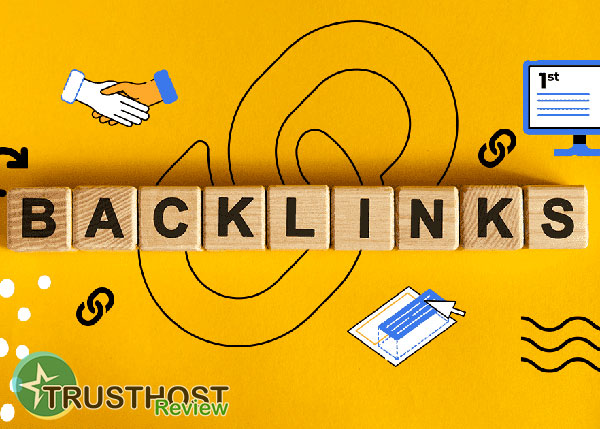WebSockets: Real-Time Communication for the Web
WebSockets: A Deep Dive into Real-Time Communication
In today's fast-paced digital landscape, users expect real-time, dynamic web experiences. Whether it's live chat, collaborative editing, or streaming data, traditional HTTP request-response cycles often fall short. This is where WebSockets come in, revolutionizing how we build interactive and engaging web applications.
What is a WebSocket?
A WebSocket is a communication protocol that provides a persistent, bi-directional channel between a web browser and a server. Unlike HTTP, which relies on short-lived requests and responses, a WebSocket connection remains open until explicitly closed by either party. This allows for real-time data exchange without the overhead and latency associated with establishing a new connection for each message.

How Do WebSockets Work?
WebSockets revolutionize online communication by establishing a consistent, two-way dialogue between client and server. But how does this magic happen? Here's a simplified breakdown:
- Switching Protocols: The journey begins with an HTTP connection. Next, an HTTP Upgrade header steps in to change the protocol from HTTP to WebSocket. After the server has verified it, the communication protocol changes to WebSocket, running over the existing TCP connection.
- A Single TCP Connection: Unlike HTTP's multiple connections for polling, WebSockets make life simpler. All conversations happen over a single TCP socket connection that remains open as long as both parties - both client and server - are connected.
- Bi-directional Communication: A persistent WebSocket connection eliminates HTTP's request-response pattern. Instead, it applies bi-directional communication, allowing the server and client to exchange messages at any time. And no more headers or cookies are transferred once this connection is established.
- Instant Data Pushes: Frequent data updates are enabled with WebSockets. As soon as new data arrives, the server immediately pushes it through, without waiting for the client's next request. It's a win-win situation – latency gets reduced, responsiveness is boosted, and efficiency takes the front seat.
- Real-time Use Cases: The sustained two-way connection unlocks opportunities that HTTP could only dream of. From online gaming and real-time collaboration to financial trading, WebSockets make instant communication a reality.
Key WebSocket APIs and Libraries
In the browser, the WebSocket API provides client functionality for establishing connections, sending and receiving data, and handling errors. The WebSocket object is accessible via the browser's JavaScript environment.

For Java backends, the Java WebSocket API provides similar capabilities like annotating server endpoints and handling text or binary data exchange. This allows for building the server-side of a WebSocket application.
Additionally, there’s a wide range of client libraries and frameworks designed to simplify WebSocket usage:
- Socket.IO: A well-loved JavaScript client/server library that not only wraps but enhances the browser WebSocket API. It offers automatic reconnection among other features, adding an extra layer of ease.
- WebSocket4Net: If you're using C# apps, WebSocket4Net is your answer. This .NET library implements the WebSocket protocol while shielding you from errors and disconnects.
- Python WebSockets: As of Python 3.7, WebSockets have found their place in the standard library, so you won't need to look any further!
- Rust and Tungstenite: Rust developers, rejoice! The tungstenite crate is here to bring WebSocket support to your fingertips.
- C++ Libraries: For C++ WebSocket implementations, Libwebsocket and uWebSockets are the top contenders.
These libraries handle behind-the-scenes details such as establishing connections, serializing data, and managing errors. No matter your preferred programming language, they make building WebSocket clients and servers much easier.
When to Use WebSockets
WebSockets shine for applications that require uninterrupted real-time interaction and communication:
- Live Data Dashboards: Streaming live data and updates becomes a breeze with WebSockets. They outperform constant polling when it comes to real-time charts, notifications, and monitoring tasks.
- Collaboration Apps: From collaborative document editing to video conferencing and screen sharing, WebSockets enable instant syncing across users, keeping everyone on the same page.
- Financial Platforms: Real-time stock tickers, live auction platforms, and trading systems demand sub-second response times. Here, HTTP can't compete, but WebSockets are up to the task.
- Real-time Messaging and In-app Chats: Whether it's a customer support chat, a social networking app, or an enterprise collaboration tool, WebSockets ensure instant delivery of messages, providing an engaging and smooth user experience.
- Multiplayer Games: Need instant transmission of moves, chat, or real-time sync in your game or app? WebSockets make building such systems responsive and seamless.
However, before deciding to adopt WebSockets, you should be aware of some challenges they present:
- Complexity: WebSockets require more work to implement than a typical HTTP request-response flow. You'll need to handle reconnection logic and fallback methods.
- Compatibility Issues: Beware that some proxies and load balancers are still getting on terms with WebSocket connections.
- Overkill for Simplicity: If your needs are basic request-response, then HTTP might be easier and perform just as well.
Benefits of Using WebSockets:
- Real-Time Communication: Enables instantaneous data transfer, ideal for applications like chat, gaming, and live dashboards.
- Low Latency: Minimizes delays, providing a seamless and responsive user experience.
- Full Duplex Communication: Allows both client and server to send and receive data simultaneously, enabling true bi-directional communication.
- Efficiency: Reduces overhead compared to HTTP requests for persistent connections, leading to better performance.
Use Cases for WebSockets:
- Real-time Chat Applications: Powering chat platforms, notifications, and messaging systems.
- Collaborative Tools: Enabling real-time collaboration on documents, spreadsheets, and other shared workspaces.
- Live Data Streaming: Streaming financial data, news feeds, and sensor readings.
- Online Gaming: Facilitating real-time interactions and updates in multiplayer games.
- IoT Applications: Connecting and controlling IoT devices with low latency.
WebSockets have become an indispensable tool for developers building modern, real-time web applications. By providing a persistent, bi-directional communication channel, they unlock new possibilities for creating engaging and interactive user experiences across various domains.
















